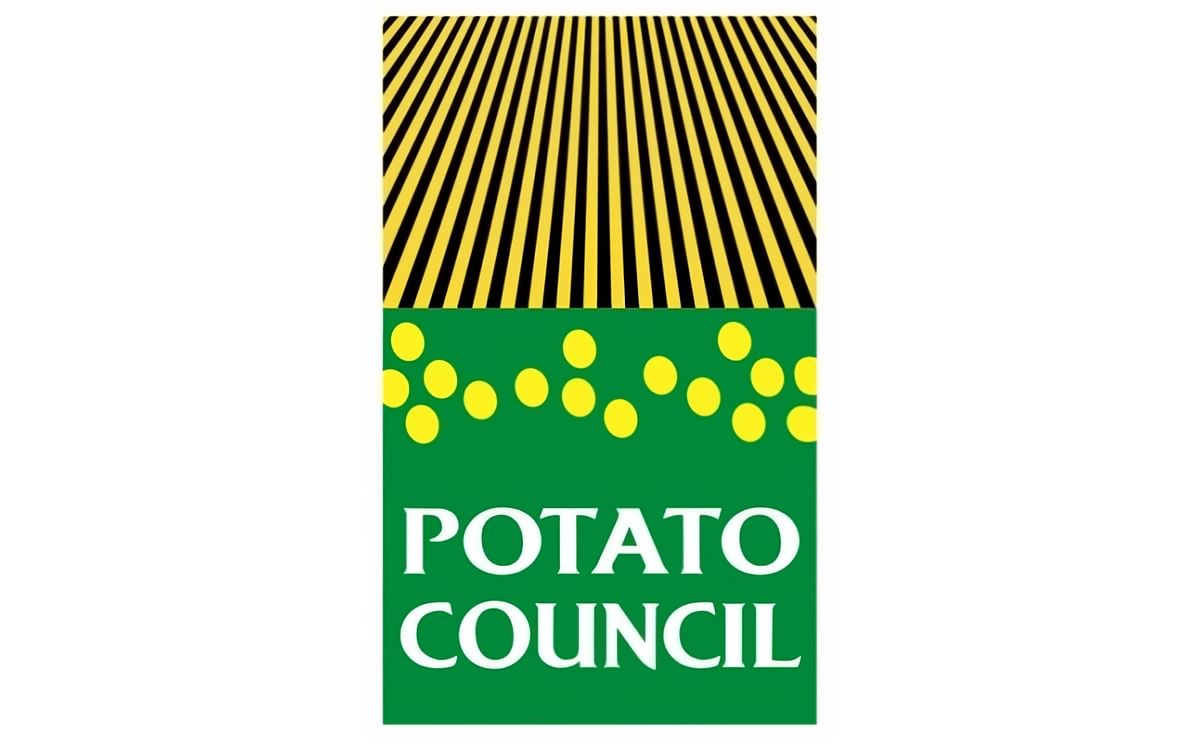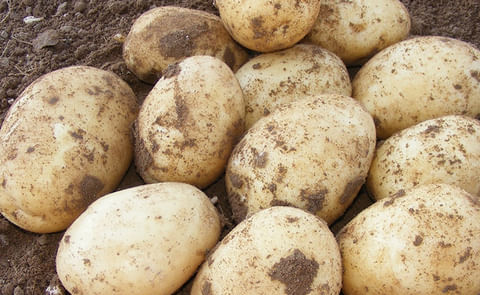Potato Council
主标签
Potato Weekly: Crop progress 2010 United Kingdom

From Potato Council Grower Panel Lifting Survey (www.growerpanel.com), 23,000 ha (18%) were harvested by 27th August, compared with 20,000 ha (15%) in 2009 and 20,900 ha (16%) in 2008.
In the South lifting was disrupted in all regions last week due to prolonged rain, with levels varying from 20 mm, up to 50 mm. No lifting was possible from mid week, but many growers had anticipated restrictions and harvested enough stock to meet buyers’ requirements. More crops are being burnt off but some growers are holding off where crops still have potential to make more weight. Yields are varied from 35 t/ha, up to 50 t/ha, depending on planting date and irrigation. Common scab is widely reported and some secondary growth is starting to show in crops. Limited storage has started, mainly salads, with later varieties, including Estima and Melody, about to commence.
In the East and North wet weather in the south of the region has been very heavy with recordings of up to 85 mm during last week, whilst in the north only 23 mm fell. Lifting was unaffected until mid week before progress was halted towards the weekend, even in Norfolk. The rain is a little too late for some crops, but later maincrop varieties, including processing crops, are benefiting considerably by the increased moisture. However, wetter conditions have also brought problems, with some cracking and other secondary growth occurring, including hollow heart in larger Marfona. Damage though has not been severe as conditions were cloudy and temperatures remained cool, resulting in slow bulking. Many crops remain green and are being left before burning off for storage, as in many cases size of tuber and yield are too small at present. Current estimates are mainly 34-38 t/ha.
In the West weather conditions improved following heavy rain during the earlier part of last week, but lifting was restricted mid week. This week growers appear to be concentrating on completion of cereal harvest. However, wet conditions benefited many crops, particularly late planted fields which remain in full growth and full of potential. Showers though came too late for earlier planted crops, many of which are senescing and unlikely to bulk further. Burning off programs however are being delayed to maximise yields, which currently show a wide variation of 34-54 t/ha.
In Scotland crops continue to bulk slowly in the current cool temperatures. Crops show wide variation with some growers reporting many small tubers, whilst others indicate low tuber numbers. More crops are being burnt off, both for seed and ware. Lifting continued slowly last week. A token start has been made on harvesting early seed crops for storage.
In the South lifting was disrupted in all regions last week due to prolonged rain, with levels varying from 20 mm, up to 50 mm. No lifting was possible from mid week, but many growers had anticipated restrictions and harvested enough stock to meet buyers’ requirements. More crops are being burnt off but some growers are holding off where crops still have potential to make more weight. Yields are varied from 35 t/ha, up to 50 t/ha, depending on planting date and irrigation. Common scab is widely reported and some secondary growth is starting to show in crops. Limited storage has started, mainly salads, with later varieties, including Estima and Melody, about to commence.
In the East and North wet weather in the south of the region has been very heavy with recordings of up to 85 mm during last week, whilst in the north only 23 mm fell. Lifting was unaffected until mid week before progress was halted towards the weekend, even in Norfolk. The rain is a little too late for some crops, but later maincrop varieties, including processing crops, are benefiting considerably by the increased moisture. However, wetter conditions have also brought problems, with some cracking and other secondary growth occurring, including hollow heart in larger Marfona. Damage though has not been severe as conditions were cloudy and temperatures remained cool, resulting in slow bulking. Many crops remain green and are being left before burning off for storage, as in many cases size of tuber and yield are too small at present. Current estimates are mainly 34-38 t/ha.
In the West weather conditions improved following heavy rain during the earlier part of last week, but lifting was restricted mid week. This week growers appear to be concentrating on completion of cereal harvest. However, wet conditions benefited many crops, particularly late planted fields which remain in full growth and full of potential. Showers though came too late for earlier planted crops, many of which are senescing and unlikely to bulk further. Burning off programs however are being delayed to maximise yields, which currently show a wide variation of 34-54 t/ha.
In Scotland crops continue to bulk slowly in the current cool temperatures. Crops show wide variation with some growers reporting many small tubers, whilst others indicate low tuber numbers. More crops are being burnt off, both for seed and ware. Lifting continued slowly last week. A token start has been made on harvesting early seed crops for storage.
Like to receive news like this by email? Join and Subscribe!
Get the latest potato industry news straight to your WhatsApp. Join the PotatoPro WhatsApp Community!
精选企业
Potato varieties mentioned
Sponsored Content
Sponsored Content
Sponsored Content
Sponsored Content







